In an age of hyperconnectivity where most places on earth lie just a car ride, train journey, or flight away, a handful of remarkable destinations remain genuinely isolated from the modern transportation grid. These extraordinary locations exist beyond the reach of conventional road networks, preserving ways of life and natural environments increasingly rare in our accessible world.
Reaching these remote outposts requires extraordinary determination – often involving multiple modes of transportation, considerable expense, and a willingness to embrace uncertainty as part of the journey. Here is a list of 20 destinations so profoundly remote that roads simply don’t reach them, offering unique experiences for travelers willing to venture beyond the pavement’s end.
Supai Village, Arizona
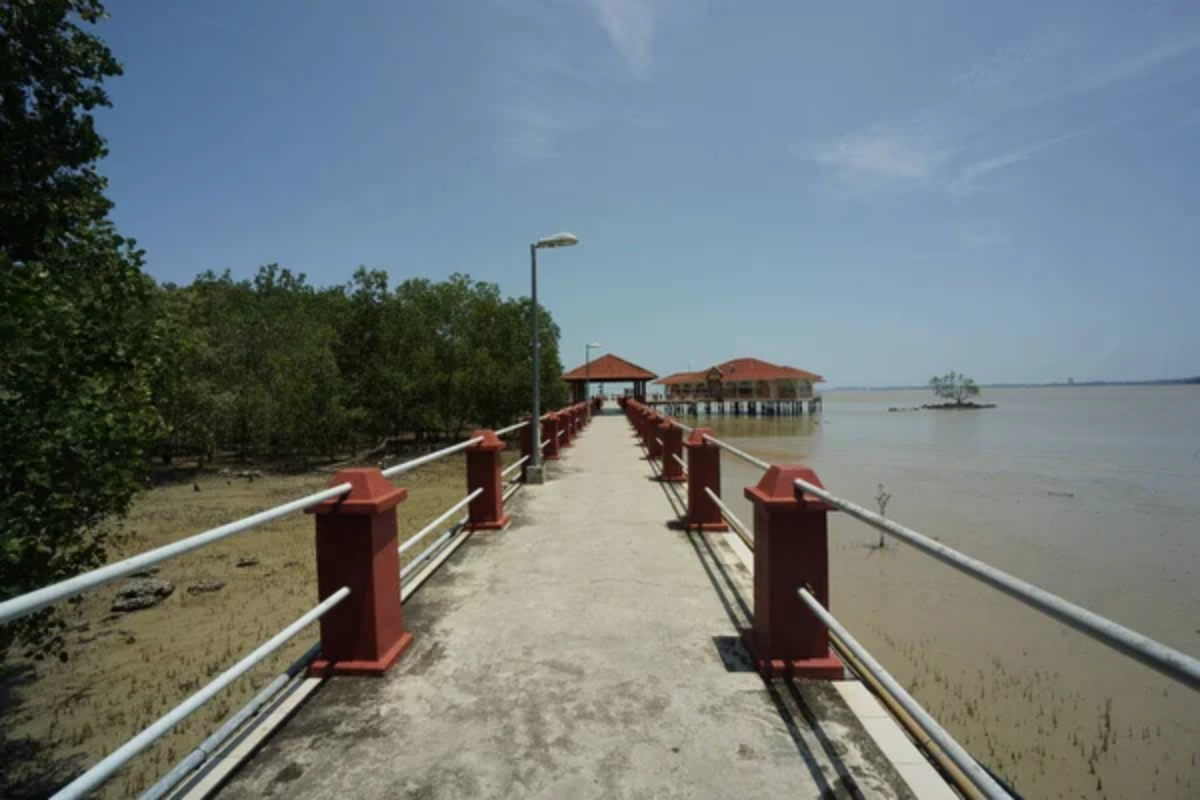
Nestled within the Grand Canyon’s western edge – yet unknown to most visitors – stands the capital of the Havasupai Indian Reservation, accessible only by helicopter, horseback, or an 8-mile hike down steep canyon walls. Mail still arrives by mule train, making it the last place in America with mule-delivered postal service.
The village’s extraordinary isolation has preserved distinctive cultural traditions while protecting the breathtaking turquoise waters of nearby Havasu Falls from mass tourism despite lying within one of America’s most visited natural attractions.
La Rinconada, Peru
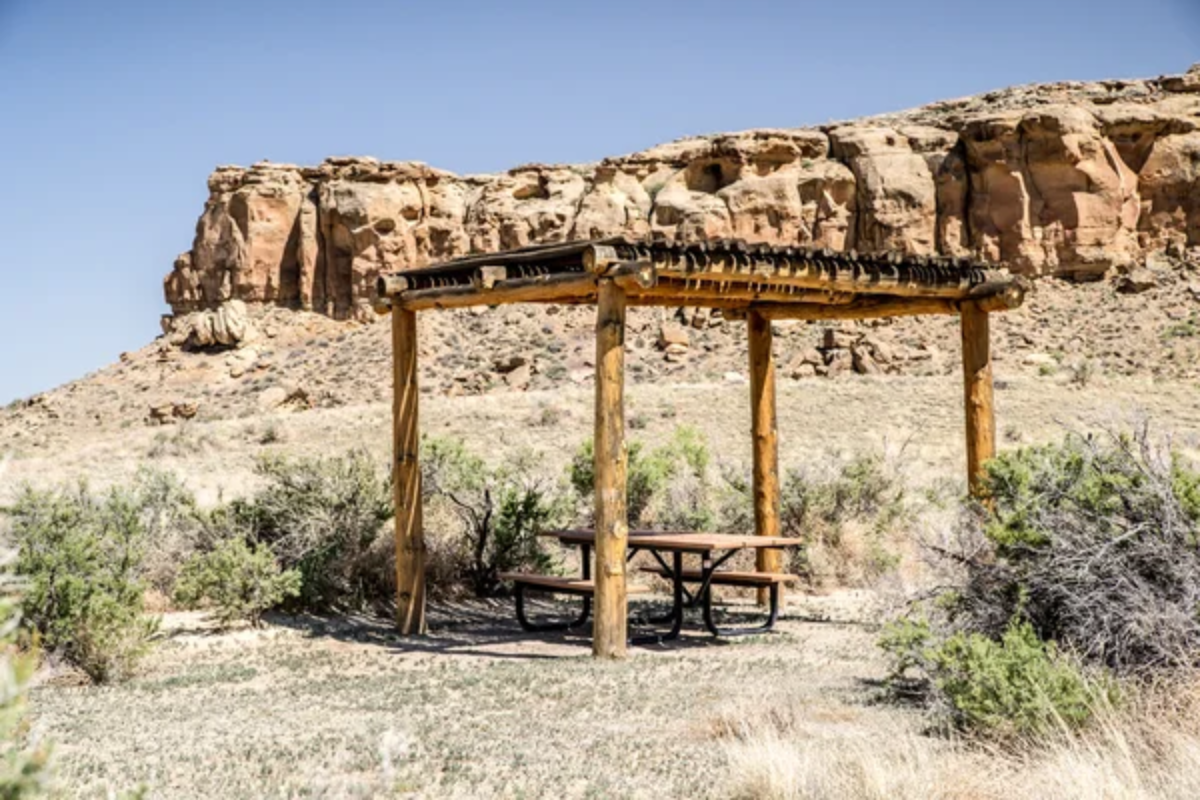
Perched at over 16,700 feet in the Peruvian Andes – making it the highest permanent settlement on earth – this gold mining town exists in conditions that challenge human adaptation. Residents breathe air containing half the oxygen found at sea level while enduring sub-freezing temperatures without central heating.
Though technically reachable by a combination of buses and a final steep climb, no proper roads serve this community of 50,000 hardy souls, where informal paths wind between ramshackle structures clinging to the mountainside beneath glacial peaks rarely glimpsed through the near-constant cloud cover.
Like Travel Pug’s content? Follow us on MSN.
Ittoqqortoormiit, Greenland
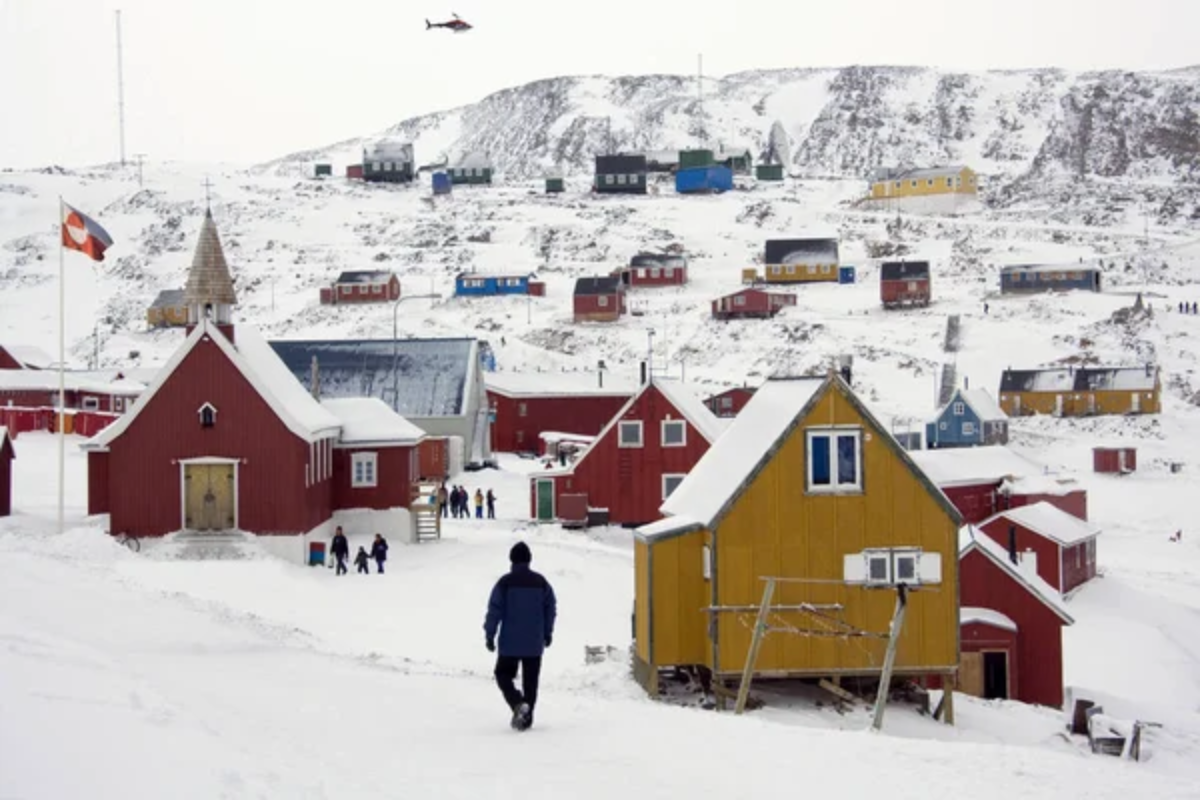
Surrounded by the world’s largest national park on one side and the world’s longest fjord system on the other, this settlement of 350 people represents one of the most isolated towns in Greenland. Reaching Ittoqqortoormiit requires flying to Greenland, catching a connecting flight to Nerlerit Inaat Airport, and then completing the journey via helicopter or boat, depending on sea ice conditions.
The community maintains traditional hunting practices through necessity rather than choice – with polar bears, musk oxen, and seals providing crucial resources in a place where the nearest neighboring settlement lies hundreds of miles away.
Kerguelen Islands, French Southern Territories
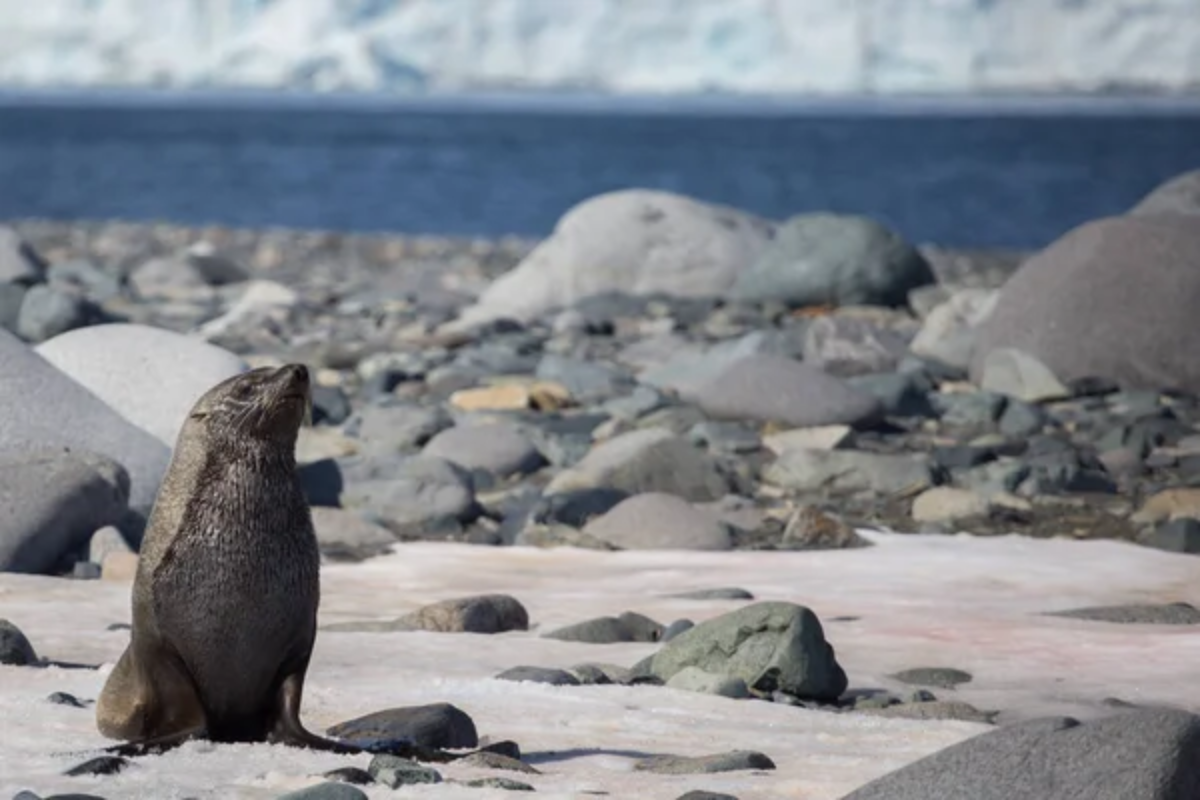
Located in the southern Indian Ocean – more than 2,000 miles from civilization in any direction – this archipelago earned the nickname ‘Desolation Islands’ from early explorers confronting its remote isolation. No airstrip exists, making the islands accessible only by ship sailing several days from Reunion Island or Australia, with just four supply vessels visiting annually.
The hundred-odd residents, mostly scientists studying the unique ecosystem, adapt to fierce winds that blow continuously, shaping trees into bizarre horizontal forms across a landscape where penguins vastly outnumber humans.
Tristan da Cunha, British Overseas Territory
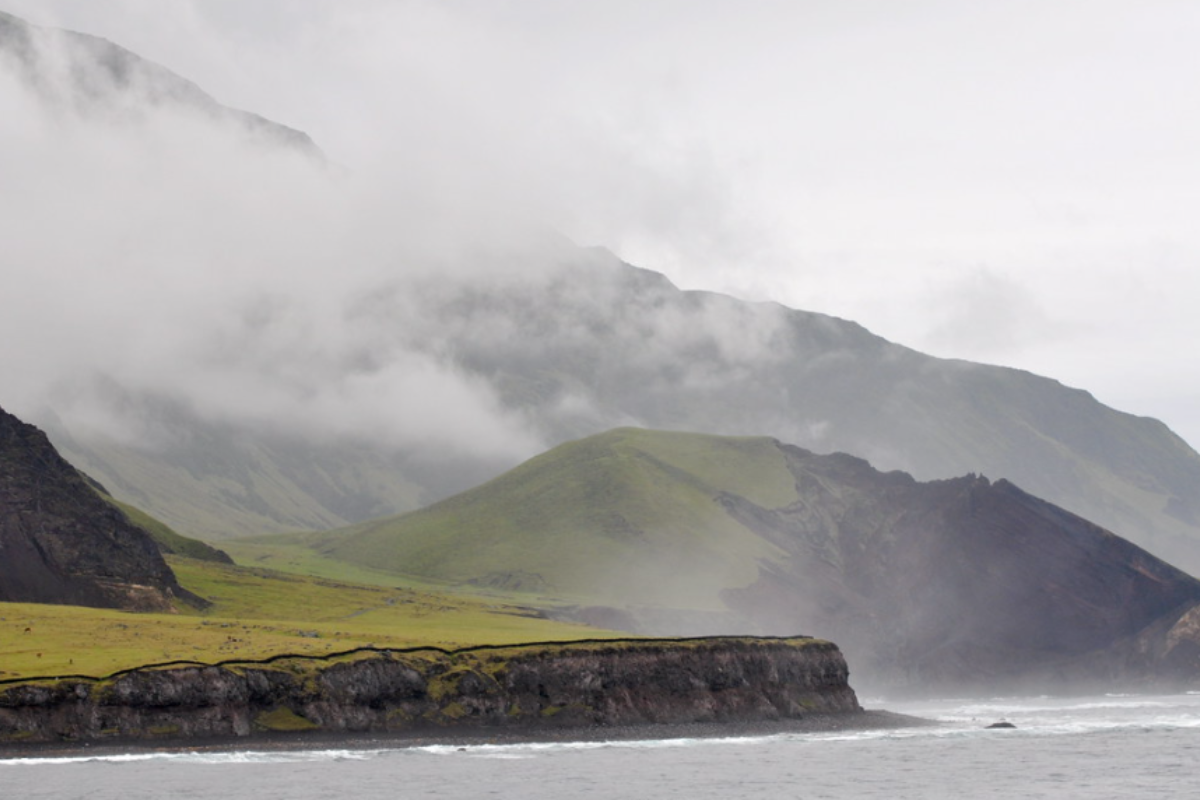
Claiming the title of the world’s most remote inhabited island, Tristan da Cunha rises from the South Atlantic nearly 1,500 miles from the nearest mainland South Africa. The island’s 250 residents share just seven surnames, revealing their descent from a handful of original settlers who arrived in the early 19th century.
An occasional cargo ship provides the only regular connection to the outside world, with each visit becoming a community event as islanders gather to handle supplies and mail. Despite limited communications technology, the community remains self-sufficient mainly through farming, fishing, and selling lobster fishing rights to sustain their extraordinary isolation.
Like Travel Pug’s content? Follow us on MSN.
Palmerston Island, Cook Islands
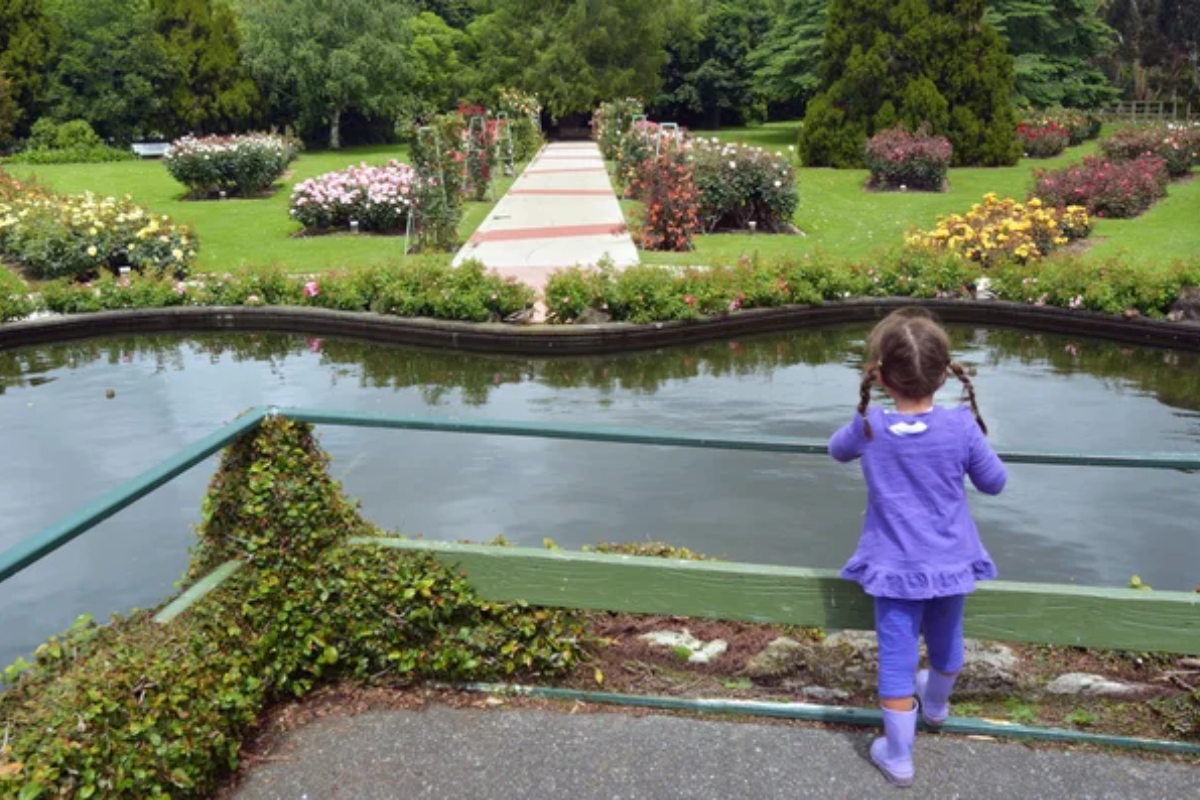
Thirty-five descendants of one Victorian Englishman inhabit this coral atoll in the South Pacific, where every resident traces lineage to William Marsters, who arrived with three wives in 1863. Accessible solely by boat – and then only when ocean conditions permit safe passage through the reef – visitors must carefully time arrivals during the narrow weather window between April and November.
The island operates on a unique hosting system where each family takes turns accommodating the rare visitors who arrive via private yacht or the supply ship that visits just a few times yearly with essentials otherwise unavailable on this tiny landmass.
Motuo County, Tibet
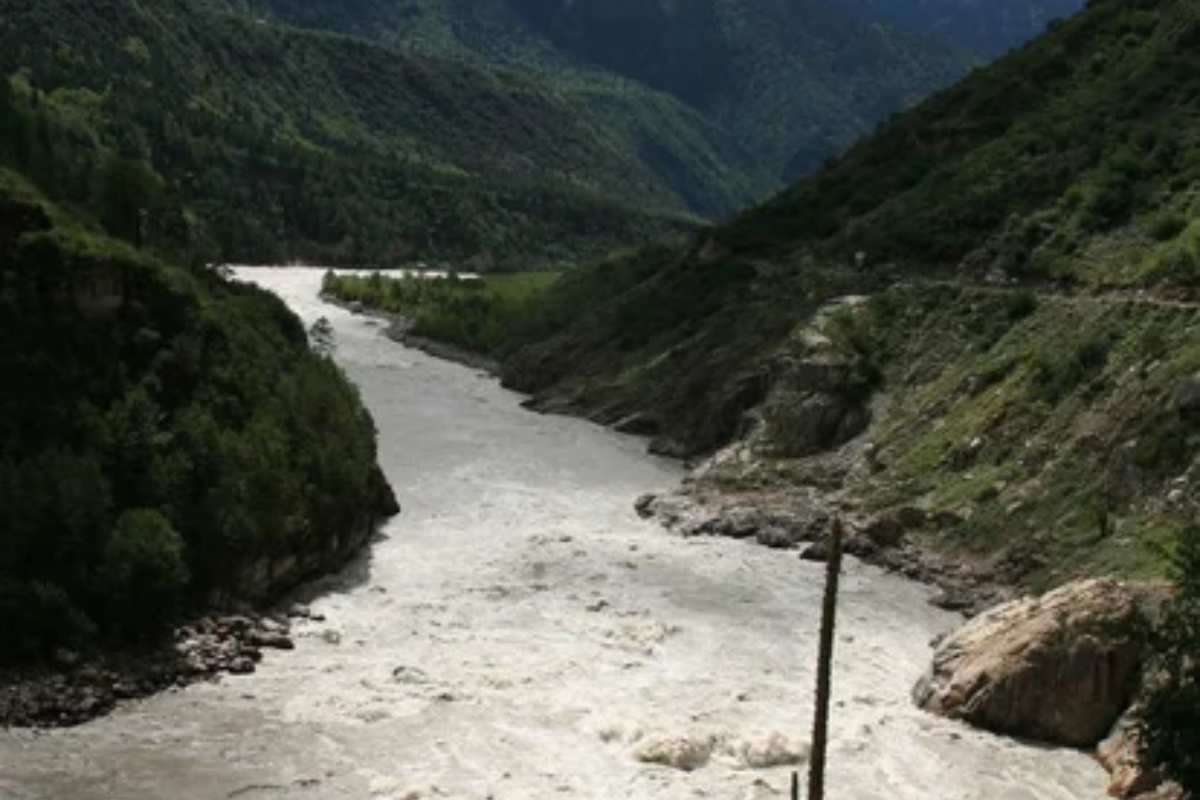
Remaining China’s last roadless county until recently – and still largely inaccessible much of the year – this Tibetan region nestled against the Indian border represents one of Asia’s most isolated inhabited areas. Though engineers have attempted to build connecting roads multiple times since the 1990s, monsoon landslides repeatedly reclaim these routes, forcing locals to rely on foot travel across swinging suspension bridges spanning deep mountain gorges.
The challenging geography has inadvertently preserved one of the world’s most biodiverse temperate ecosystems, where subtropical jungle meets alpine meadows in dramatic vertical transitions unseen elsewhere.
Oymyakon, Russia
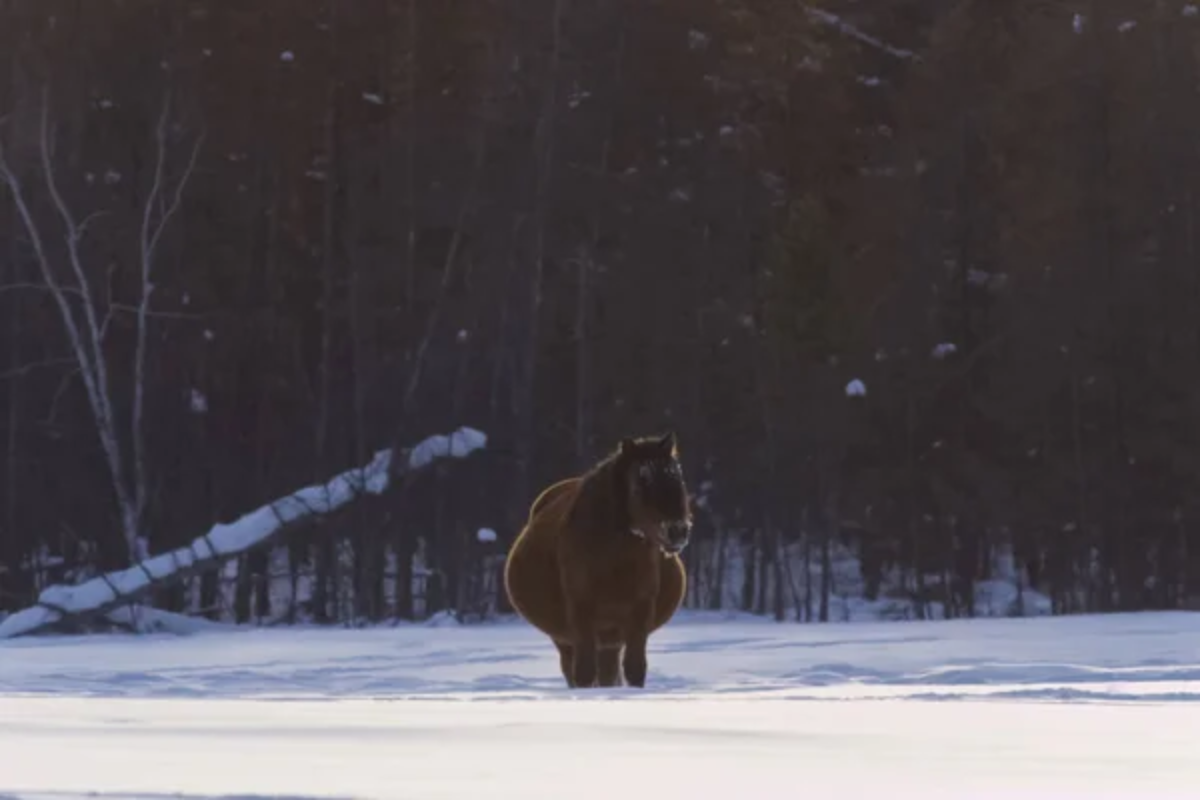
Though technically connected to Russia’s road system via the Kolyma Highway – aptly nicknamed the ‘Road of Bones’ – this Siberian village remains effectively roadless through winter months when temperatures plunging to -90°F render conventional transportation impossible. The 500 residents of the world’s coldest permanently inhabited settlement maintain extraordinary adaptation strategies – from keeping vehicles running continuously for weeks to burying water pipes several yards underground to prevent freezing.
The extreme isolation has preserved cultural practices largely unchanged since Soviet times, creating a living museum of resilient human adaptation to seemingly uninhabitable conditions.
Like Travel Pug’s content? Follow us on MSN.
Pitcairn Island, British Overseas Territory
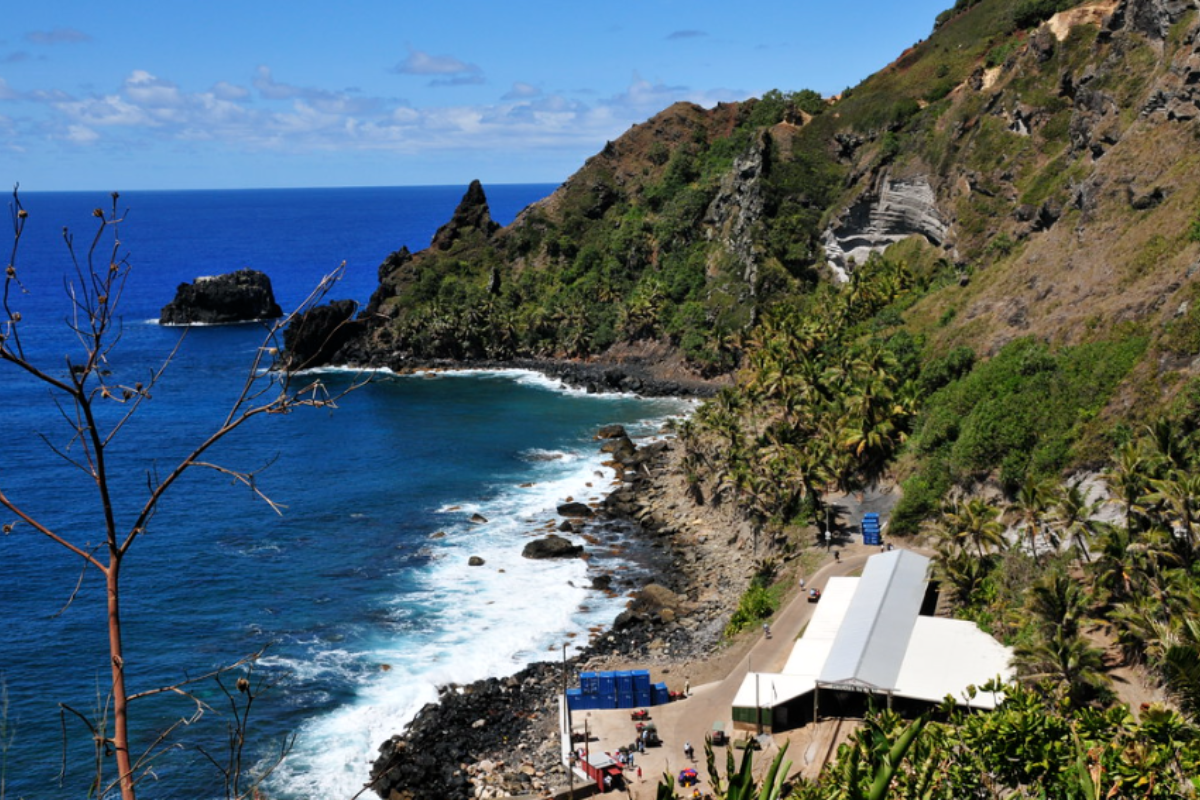
Home to just 50 people – all descendants of Bounty mutineers and their Tahitian companions – this South Pacific island maintains perhaps the world’s most precarious supply chain. Everything not produced locally arrives quarterly aboard cargo ships that must anchor offshore, with goods transferred to small longboats navigating treacherous waters to reach the island.
No harbor, airstrip, or safe anchorage exists, making departures and arrivals contingent on weather conditions that change rapidly around this volcanic outcrop. The population’s continued decline raises existential questions about the future viability of this unique settlement born from maritime history’s most famous mutiny.
Siwa Oasis, Egypt
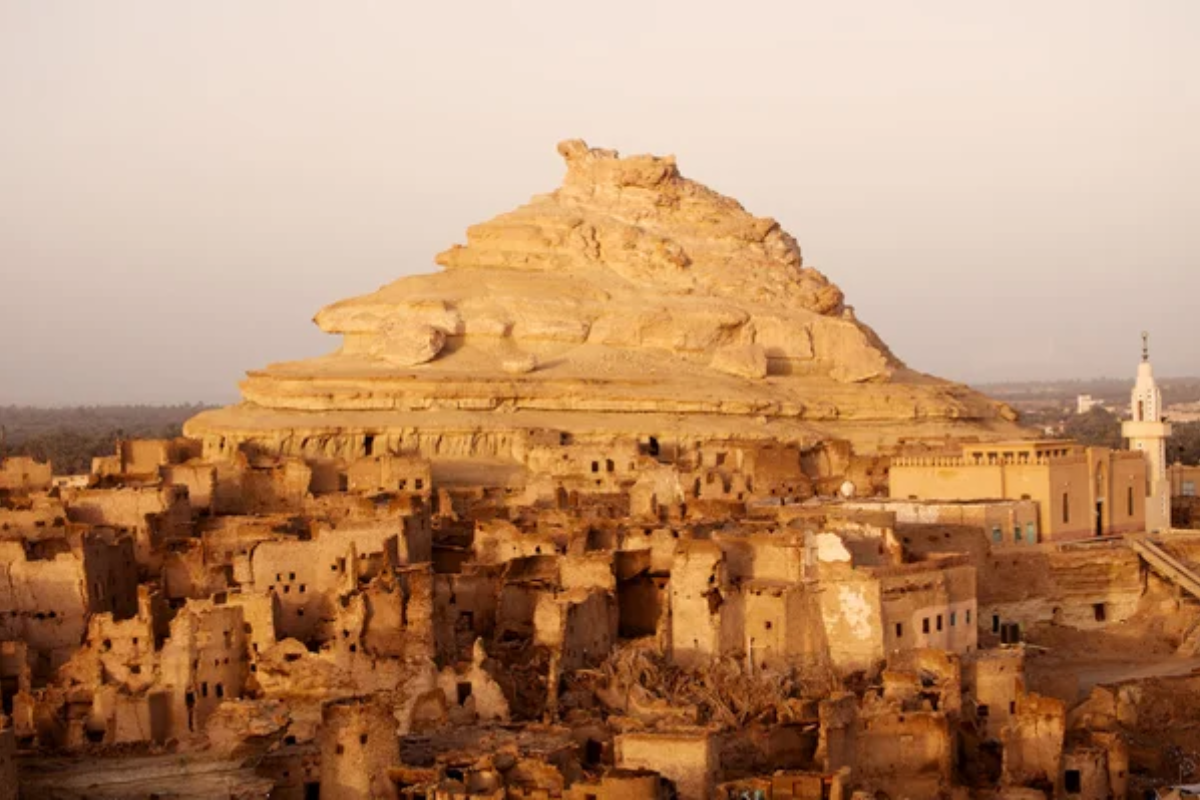
While technically reachable by rough desert tracks, this ancient oasis remains effectively isolated by the surrounding Great Sand Sea, stretching hundreds of miles in every direction. The Berber inhabitants maintain distinctive cultural traditions separate from mainstream Egyptian society, including unique architectural styles utilizing salt-rich mud that naturally strengthens over time.
The community’s extraordinary isolation preserved its distinctive dialect and customs through centuries of empires rising and falling across North Africa, with electricity only arriving in the 1980s and tourism developing slowly without major transportation infrastructure to support rapid growth.
Bantam Island, Myanmar

This speck in the Andaman Sea houses the Moken people – sometimes called ‘sea gypsies’ – who traditionally spent months aboard traditional wooden boats, touching land only occasionally. Reaching the island requires chartering local fishing vessels for journeys timed carefully around monsoon patterns that render the sea impassable for months annually.
The community has resisted permanent structures, modern technology, and formal education systems despite government efforts to integrate them into mainstream society. It maintains one of Southeast Asia’s last genuinely nomadic maritime cultures through deliberate isolation from the modern world.
Like Travel Pug’s content? Follow us on MSN.
Umivik, Greenland

This ghost settlement along Greenland’s eastern coast lost its permanent population decades ago yet maintains important cultural significance as a seasonal hunting ground. Reaching Umivik requires expedition-style preparation – typically combining chartered boats, helicopter support, and extensive wilderness experience.
No permanent structures remain beyond hunting cabins used during brief summer visits by Inuit hunters following traditional practices. The location’s extreme remoteness has preserved a landscape virtually unchanged since explorer Fridtjof Nansen launched his historic 1888 crossing of Greenland’s ice cap from this very shoreline, creating a living museum of Arctic exploration history.
Tashigang, India
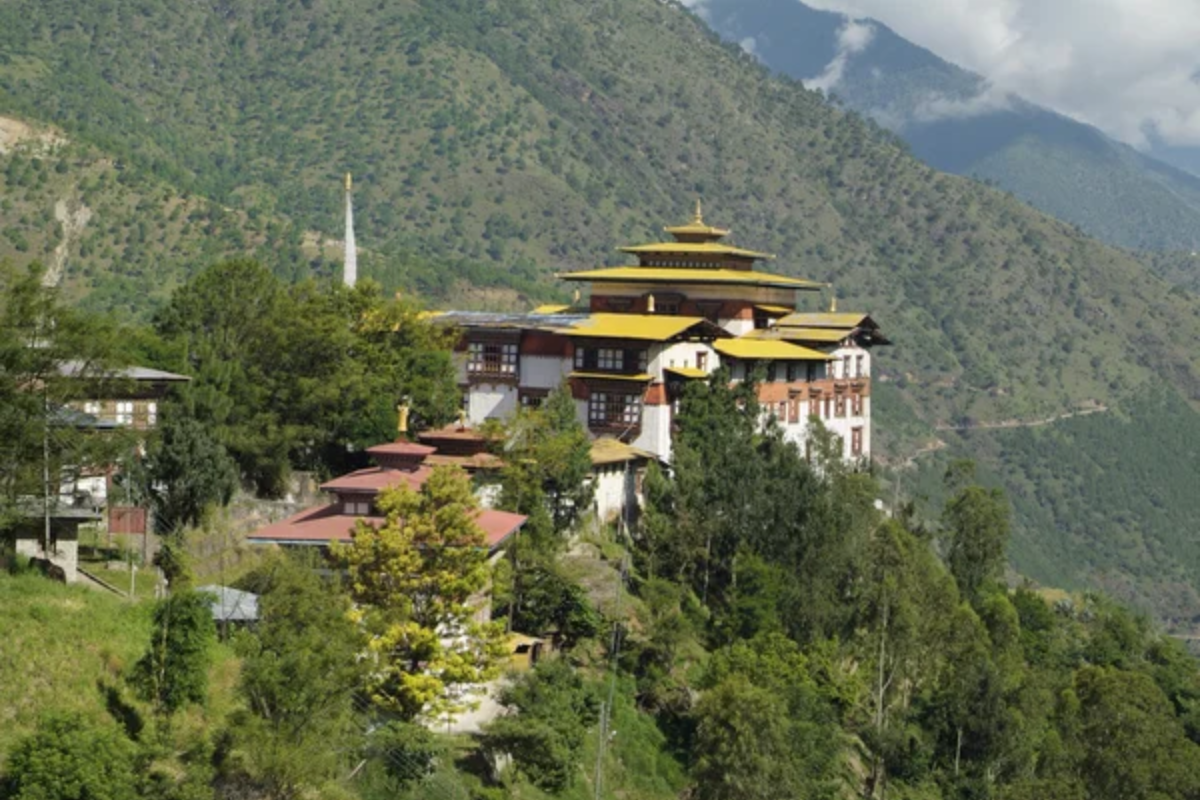
Holding the distinction of the world’s highest polling station at over 15,200 feet, this Himalayan village embodies the meaning of electoral dedication, with officials hiking for days carrying voting machines during Indian elections. Though rough mountain tracks technically connect it to larger towns, these become impassable during the six-month winter when heavy snows isolate the community entirely.
The extreme elevation creates unique agricultural challenges, with residents developing specialized barley varieties capable of maturing during the brief 100-day growing season between snowmelts, demonstrating remarkable agricultural adaptation to conditions most farming cultures would deem impossible.
Ofu Island, American Samoa

Though part of a US territory, this South Pacific island may occupy another universe compared to mainland American life. Visitors must first reach American Samoa via limited flights to Pago Pago, then catch an eight-passenger plane to neighboring Ta’u, followed by an unreliable ferry connection when ocean conditions permit.
The island’s 100-odd residents maintain traditional Samoan communal living systems organized around extended family compounds, with modern conveniences limited by unreliable electricity and minimal infrastructure. This isolation has preserved one of the Pacific’s most pristine coral reef systems, attracting marine researchers studying climate change resilience in reef ecosystems.
Like Travel Pug’s content? Follow us on MSN.
Villa Las Estrellas, Antarctica
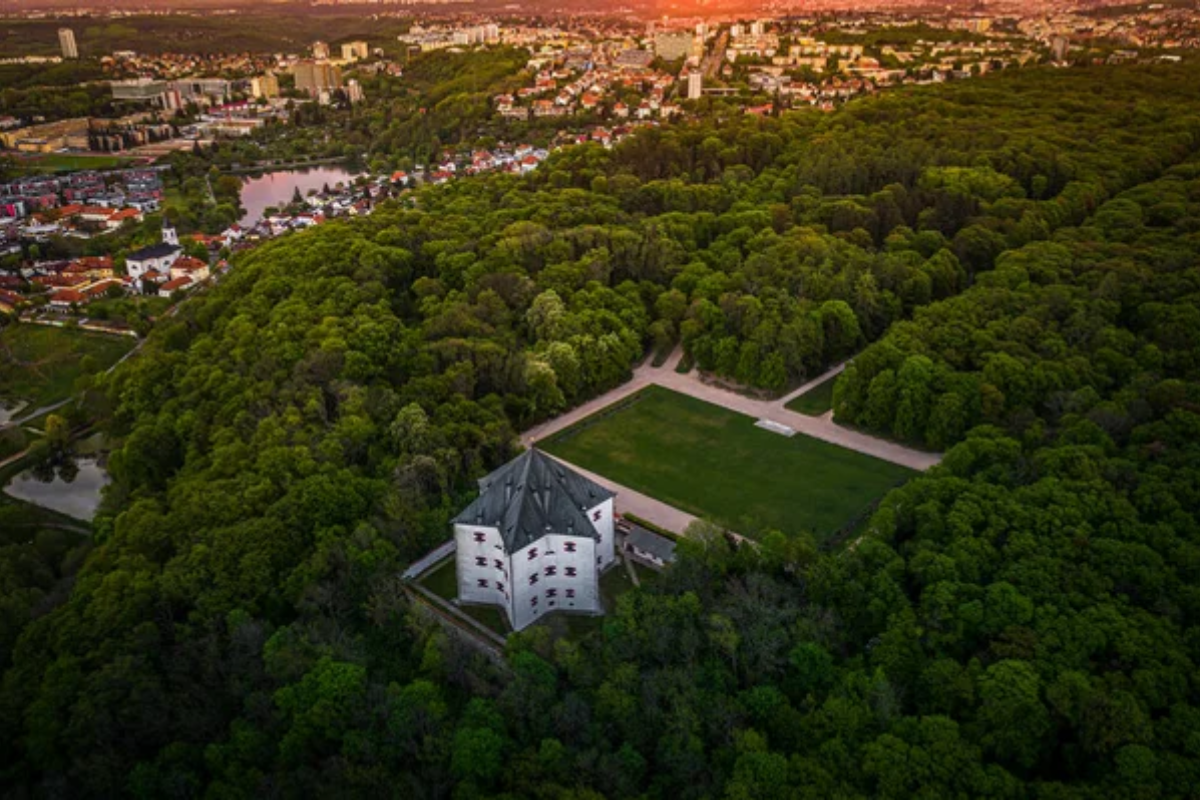
One of Antarctica’s few civilian settlements, this Chilean base accommodates families of research station personnel who commit to surgical appendix removal before arrival due to the impossibility of medical evacuation during winter months. Accessible only by military aircraft or specialized Antarctic vessels navigating during the brief summer window, residents experience four months of darkness during polar winter while living primarily within connected modular buildings.
Children attend the world’s southernmost school in a community where growing anything requires specialized greenhouse technology and where all waste must be stored for removal during the brief period when transportation connections resume.
Namche Bazaar, Nepal
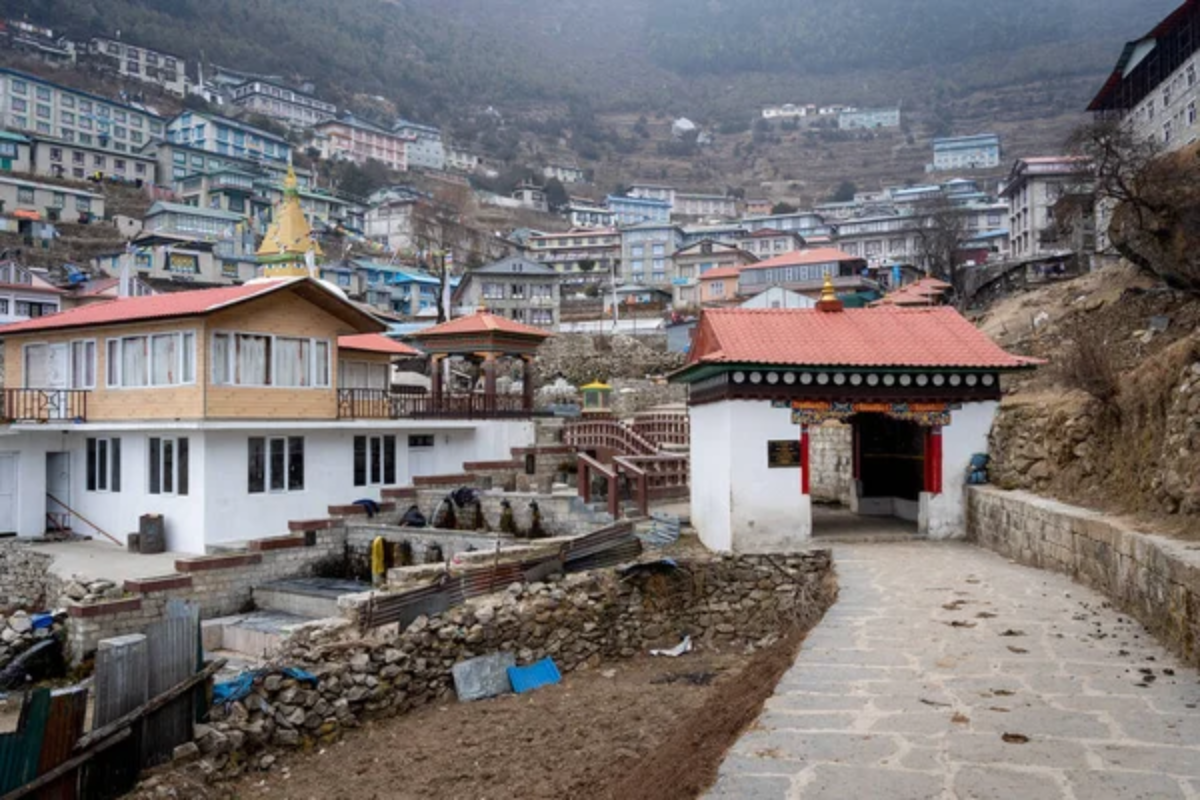
Functioning as the gateway to Mount Everest – yet lacking road connections to the outside world – this Sherpa trading hub sits at 11,290 feet in the Khumbu region. Reaching Namche requires flying into the precarious Lukla airstrip, followed by a two-day uphill trek carrying supplies.
Everything from pool tables to construction materials arrives via human porters or yak caravans, with some carriers regularly transporting 200-pound loads up steep mountain trails. Despite these logistical challenges, the settlement supports surprisingly developed infrastructure, including internet cafes, bakeries, and equipment shops serving the trekking economy that sustains this remarkable mountain community.
Young Island, Antarctica
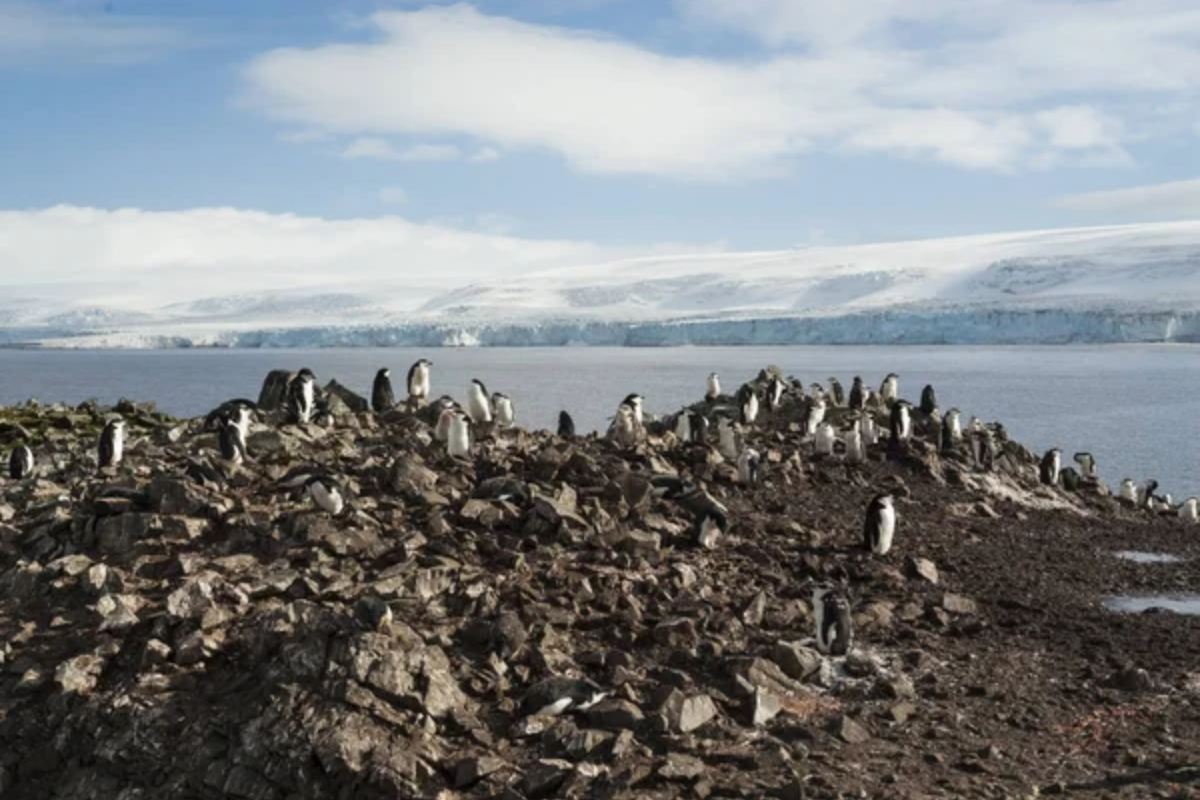
Lacking any permanent human presence, this uninhabited volcanic island within the Balleny group represents one of Earth’s least visited locations. Reaching Young requires specialized ice-strengthened vessels navigating some of the planet’s stormiest seas, with landings possible only during rare periods of calm weather.
No established facilities, trails, or markers exist on an island visited by fewer people than have stood on Mount Everest’s summit. The extraordinary isolation has preserved intact ecosystems dominated by penguin colonies and seal populations that exhibit almost no fear of the rare humans who manage to set foot on this sentinel of solitude in the Southern Ocean.
Like Travel Pug’s content? Follow us on MSN.
Easter Island, Chile
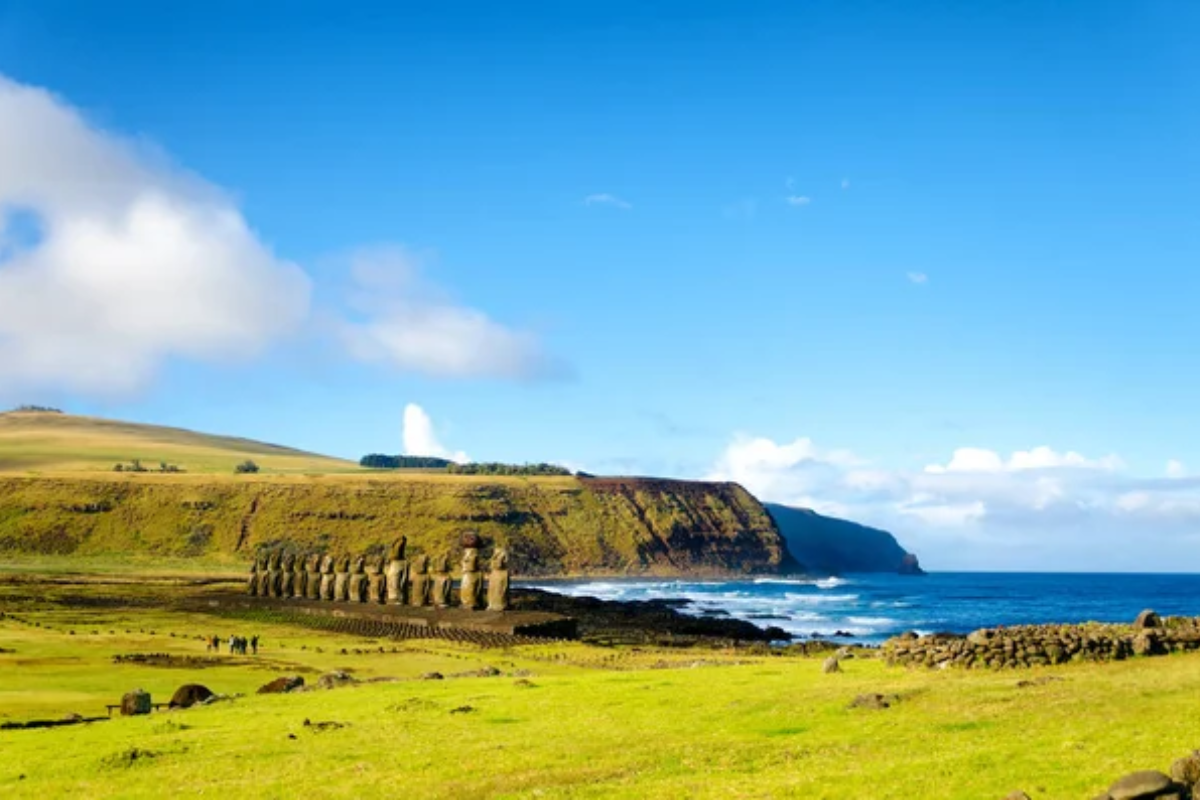
Though served by limited commercial flights, this Pacific island remains among the world’s most isolated inhabited places – lying 2,300 miles from continental Chile and 1,100 miles from the nearest neighboring island. The closest hospital capable of treating serious medical conditions requires a five-hour flight, creating healthcare challenges for the island’s 7,700 residents.
This profound geographic separation fostered the development of one of history’s most distinctive cultures, producing the famous moai statues that still guard an island where vehicles remain relatively rare, and traditional practices continue alongside modern influences gradually arriving via technological connections that bridge physical isolation.
Annapurna Circuit Villages, Nepal
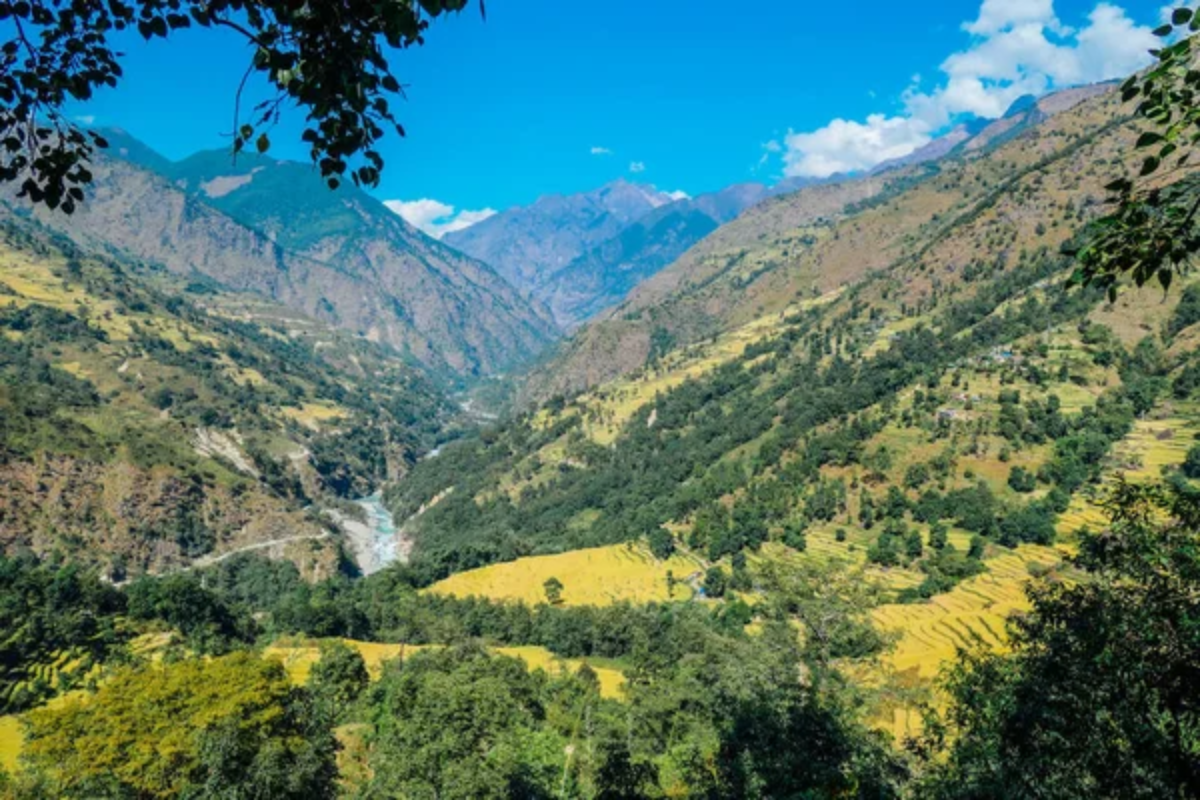
Scattered throughout one of the world’s premier trekking regions, these high-altitude settlements remain connected to the outside world only by foot trails and occasional helicopter services. Villages like Manang (11,545 feet) and Muktinath (12,170 feet) maintain traditional Tibetan Buddhist cultures largely unchanged by modern influences, with all supplies arriving via porter or pack animal.
The local architecture utilizes stone construction techniques passed through generations, creating structures particularly resistant to the region’s seismic activity. These communities represent living museums of adaptation to extreme mountain environments where every aspect of daily life requires specialized knowledge of surviving and where thin air and harsh weather create conditions most would find uninhabitable.
The Allure of Isolation
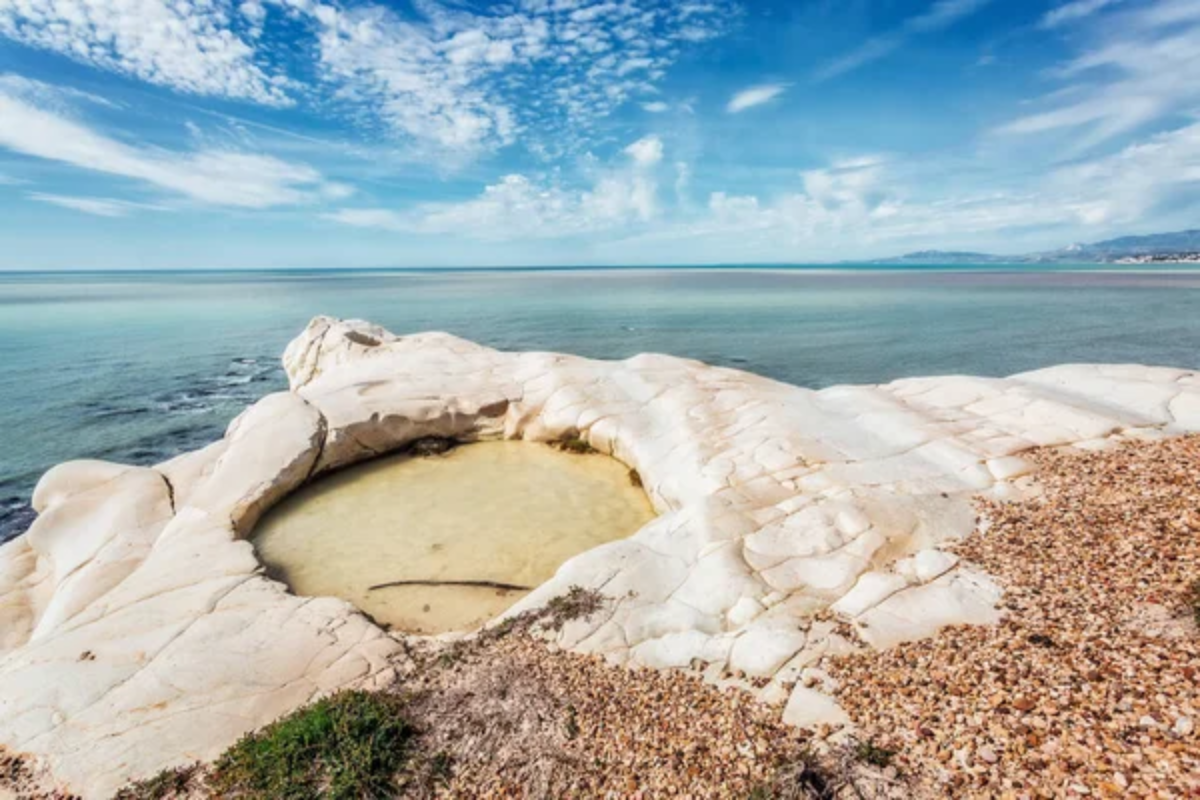
These roadless destinations represent more than geographical curiosities—they embody alternative relationships with space, time, and community that are increasingly rare in our interconnected world. Their profound isolation has preserved cultural practices, environmental conditions, and human adaptations that would likely have disappeared had conventional transportation infrastructure reached their shores, valleys, or mountaintops.
The extraordinary effort required to reach these places ensures they receive visitors who are genuinely committed to understanding their uniqueness rather than casual tourists checking destinations off lists. Those fortunate enough to experience these remote outposts often describe profound perspective shifts that transcend typical travel experiences.
Like Travel Pug’s content? Follow us on MSN.
More from Travel Pug

- 20 Destinations That Were Once Thriving but Are Now Quietly Disappearing
- 15 Hidden Spots in Disney World’s Magic Kingdom Most Visitors Miss
- 20 Once-Popular Beach Towns That Are Now Ghostly Empty
- 20 Beautiful US Lakefront Towns Where You Can Live for Under $2000 a Month
- 20 Caribbean Islands That Are Safer Than People Think
Like Travel Pug’s content? Follow us on MSN.
